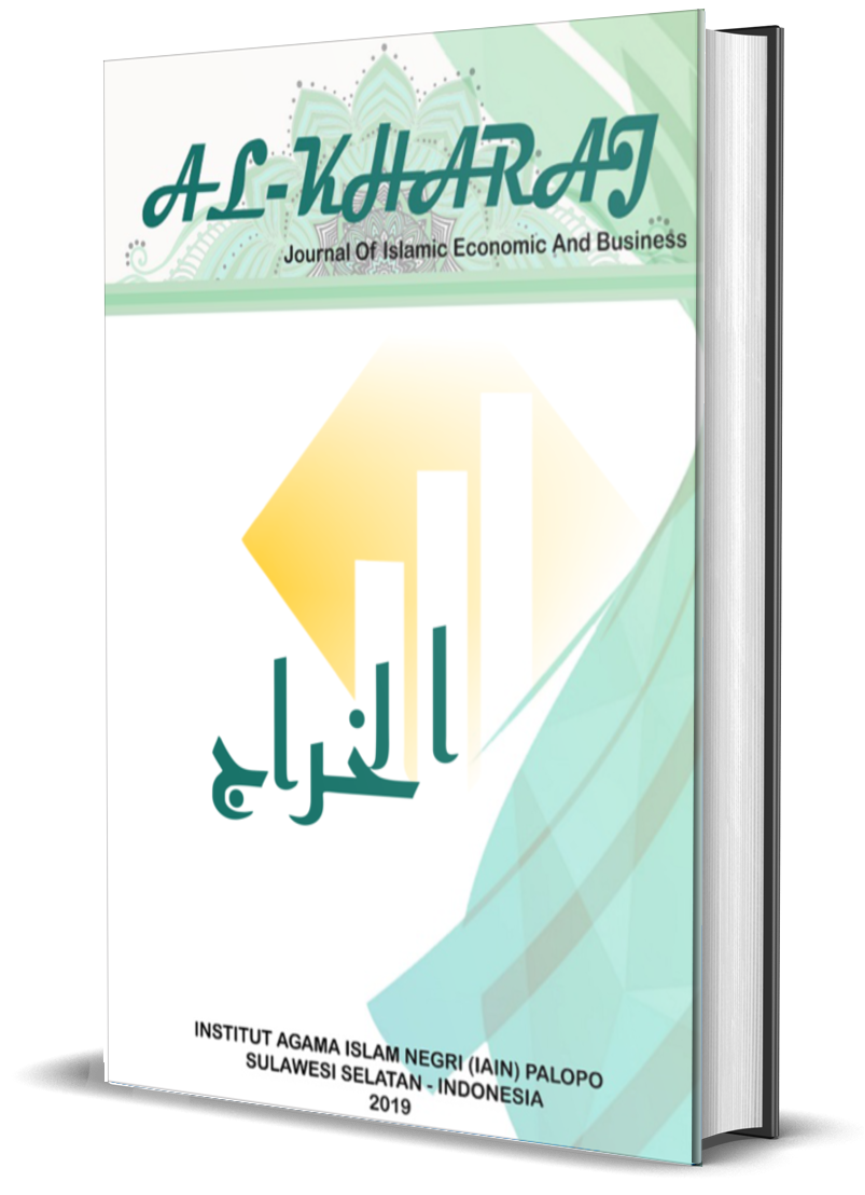Development Of A Competency Model For Millennial Noken Crafters To Enhance The Competitive Advantage Based On The Creative Economy In The City Of Jayapura
DOI:
https://doi.org/10.24256/kharaj.v7i4.8236Abstract
This study examines the competencies of millennial noken crafters in Jayapura City to improve competitive advantages based on the creative economy. The research design uses a mixed method with an Explanatory Sequential Design approach. Quantitative data was collected through a survey of 27 noken crafters with data analysis using Exploratory Factor Analysis (EFA) and multiple regression. Qualitative data was collected through in-depth interviews, observations, and document studies. The results show that the competence of noken craftsmen is largely determined by attitudes and values (β=0.403), while the competitive advantage of noken is determined by product differentiation (β=0.430). The most dominant aspect of the creative economy is the ability of noken crafters to access markets and marketing (β=0.321). Qualitative analysis highlights the need for technical training, strengthening cultural values, design differentiation, consistent promotion, and the role of government support. The competency model developed is the result of integrating attitudes and values, knowledge, and skills, then linking them to markets and marketing, creativity and innovation, collaboration and policy, cultural added value, quality and consistency to strengthen the competitiveness and sustainability of noken businesses in the creative economy era. This model is expected to serve as a practical guideline for the development of millennial noken crafters in Jayapura.
References
Abdurachman, T. A. (2018). Modal Sosial Pemantik Untuk Kota Kreatif. Jurnal Renaissance, 3(2), 404–410. https://doi.org/10.2527/renaissance.v3i2.6603b270
Adif, R. M., Asri Ady, B., & Safitri, A. (2024). Ekonomi Kreatif: Potensi dan Tantangan di Era Digital. Takaza Innovatix Labs.
Barney, J. (1991). Firm Resources and Sustained Competitive Advantage. Journal of Management, 17(1), 99–120. https://doi.org/10.1177/014920639101700108
Development, U. N. T. &. (2024). Creative Economy Outlook 2024. https://unctad.org/publication/creative-economy-outlook-2024
Florida, R. (2002). The Rise of the Creative Class. Basic Books.
Howkins, J. (2001). The Creative Economy: How People Make Money from Ideas. Allen Lane.
Pigome, M., Rairutukaha, S., Kum, A., & Arapi, R. (2025). Faktor-faktor yang mempengaruhi penjualan noken di Pasar Sentral Timika. Jurnal Spektrum Ekonomi, 8(6), 134–138.
Ruswanto, A. (2023). Ekonomi Kreatif (Inovasi, Peluang, dan Tantangan Ekonomi Kreatif di Indonesia). PT. Sonpedia Publishing Indonesia.
Sitompul, F. K. T. (2019). Pengembangan Model Kompetensi Pengrajin Ulos Dalam Meningkatkan Keunggulan Kompetitif Menghadapi Era Revolusi Industri 4.0. Universitas Airlangga.
Spencer, L., & Spencer, S. (1993). Competence at Work: Models for Superior Performance. John Wiley & Sons, Inc.
Statistik, B. P. (2024). Persentase Penduduk Miskin Kota Jayapura Maret 2023. Badan Pusat Statistik (BPS). https://bps.go.id
Syaifuddin, E. R., & Umam, S. (2022). Papua: Surga industri kreatif berbasis budaya. DESKOVI: Art and Design Journal, 5(2), 94–100. https://doi.org/10.51804/deskovi.v5i2.1618
Ula, S. N., Nurhidaya, Nanik, P., & Yubelina, G. S. (2023). Minat Masyarakat dalam Proses Pembuatan Noken Sebagai Nilai Budaya Pada Suku Miyah Kabupaten Tambrauw. Jurnal Noken: Ilmu-Ilmu Sosial, 9(1), 151–160. https://doi.org/10.33506/jn.v9i1.2923
Downloads
Published
How to Cite
Issue
Section
Citation Check
License
Copyright (c) 2025 Fanny Kristin Tantyah Sitompul; Leon Mitra Harju2; Isma Shalihi Ahlia, Iriando Wijaya, Adriel Sitompul

This work is licensed under a Creative Commons Attribution-ShareAlike 4.0 International License.
Authors retain copyright and grant the journal right of first publication with the work simultaneously licensed under a Creative Commons Attribution-ShareAlike 4.0 International License. In line with the license, authors are allowed to share and adapt the material. In addition, the material must be given appropriate credit, provided with a link to the license, and indicated if changes were made. If authors remix, transform or build upon the material, authors must distribute their contributions under the same license as the original.









